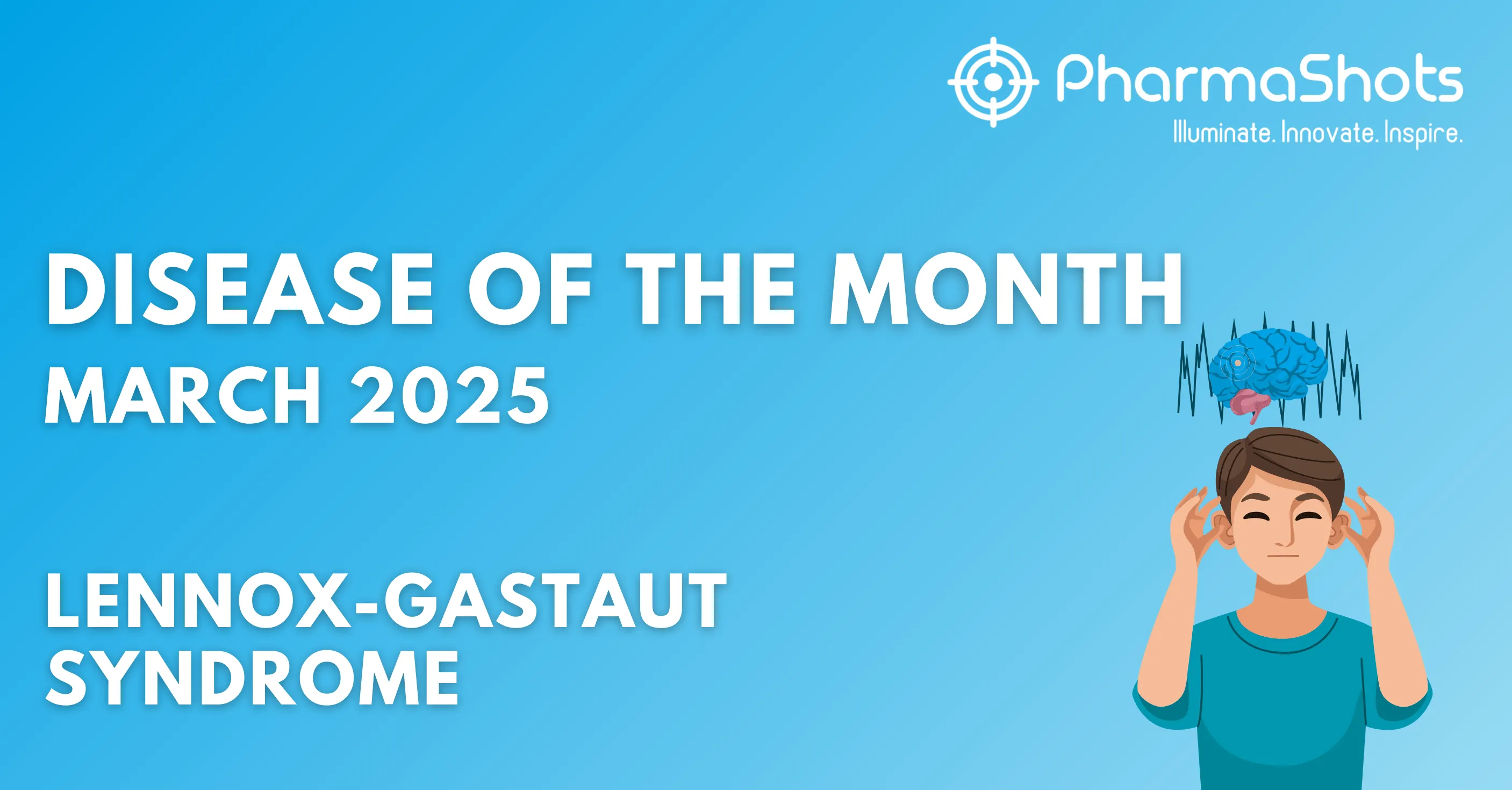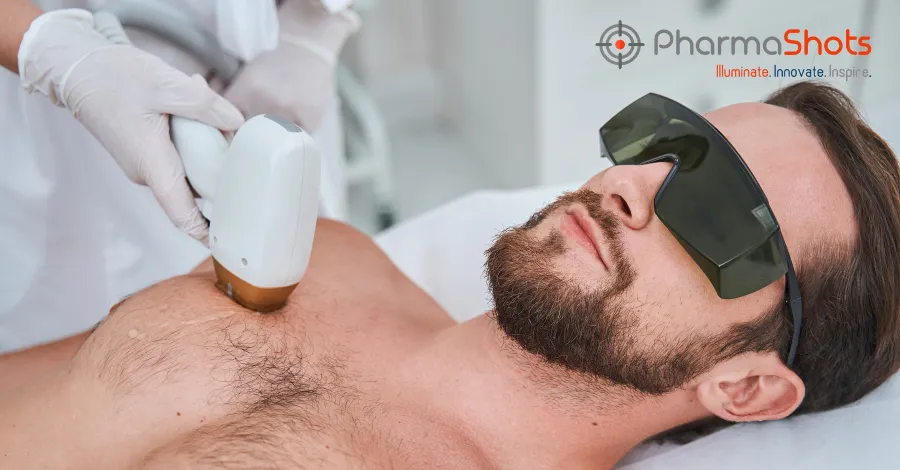
Combining Pharmaceuticals With Natural Remedies for Optimal Hair Growth
You may not know, but combining pharmaceutical treatments with natural remedies could potentially enhance hair growth. Imagine using minoxidil or finasteride in conjunction with aloe vera or coconut oil, striking a balance between synthetic and natural ingredients, all aimed at promoting hair health and growth. But how do you determine the most effective combinations? What's the science behind this synergy? Stay tuned, as we unravel this hair-raising topic further.
Understanding Hair Growth Basics
Diving into the basics of hair growth, you'll find that it's a complex process, influenced by factors such as genetics, hormones, and nutrition, which you need to understand fully before exploring pharmaceutical and natural remedies.
Fundamentally, your hair grows from follicles, the tiny pockets in your skin. Each of your hair follicles is genetically programmed to produce hair in a specific growth cycle. This cycle consists of three phases: anagen (growth phase), catagen (transitional phase), and telogen (resting phase).
During the anagen phase, which lasts two to seven years, your hair grows continuously. The length of this phase determines how long your hair can grow. The catagen phase, lasting about two weeks, signifies the end of the active growth phase. Finally, the telogen phase is a three-month period when the hair rests and eventually falls out.
Hormones also play a significant role in hair growth. For instance, androgens regulate hair growth and sex characteristics. Imbalances, such as excessive androgen production, can lead to hair loss.
Similarly, your nutritional intake influences hair health. Deficiencies in vitamins and minerals like iron, vitamin D, and biotin can negatively impact hair growth.
Overview of Pharmaceutical Treatments
A plethora of pharmaceutical treatments are available today that can help combat hair loss and promote hair growth, each with its unique method of action and potential side effects.
You'll find prescriptions like Minoxidil and Finasteride widely recognized in the hair growth industry. Both work differently: Minoxidil widens blood vessels to allow more oxygen, blood, and nutrients to reach hair follicles, while Finasteride prevents testosterone conversion to DHT, a hormone linked to hair loss.
However, you should note that these treatments aren't without risks. Minoxidil can cause unwanted hair growth elsewhere on your body, while Finasteride may result in libido changes. It's essential to weigh these possible side effects against the potential benefits, and remember that what works for one person may not work for another.
Over-the-counter options like Rogaine also exist, though it's less potent. It's a topical treatment you apply directly to your scalp, and it's been proven to slow hair loss and stimulate hair growth. But, just like prescription medications, it may cause side effects such as scalp irritation and unwanted hair growth.
Role of Natural Remedies
While pharmaceuticals offer proven results, you shouldn't overlook the significant role natural remedies can play in your hair growth journey. Natural remedies, often derived from plant-based sources, can stimulate hair growth, reduce hair loss, and even improve the overall health of your scalp.
Let's scrutinize a few examples. Aloe vera, for instance, is renowned for its healing properties. It soothes the scalp, reduces dandruff, and unblocks hair follicles that may be obstructed by excess oil. Additionally, it's a powerhouse of vitamins A, C, and E, which contribute to cell turnover, promoting healthy cell growth and shiny hair.
Another potent natural remedy is coconut oil. It penetrates deep into the hair shaft, preventing protein loss and enhancing the strength and appearance of your hair. Coconut oil's lauric acid content has a high affinity for hair proteins and, hence, is able to penetrate inside the hair shaft.
Combining Treatments for Maximum Effect
Harnessing the power of both pharmaceuticals and natural remedies can potentially optimize your hair growth results. By strategically combining treatments, you're not just doubling down on your hair growth efforts, you're creating a multifaceted approach that addresses hair loss from multiple angles.
To combine treatments effectively, consider the following steps:
- Identify your needs. Understand the root cause of your hair loss. Is it due to genetics, stress, hormonal changes, or poor nutrition? This will guide your selection of pharmaceuticals and natural remedies.
- Research on effective combinations. Not all treatments work synergistically. Some pharmaceuticals may interact negatively with certain natural remedies, so it's essential to do your research or consult a professional.
- Monitor your progress. Keep track of your hair growth progress. This allows you to adjust your treatment plan as needed, ensuring the best results.
- Maintain a balanced approach. Remember, over-reliance on either pharmaceuticals or natural remedies isn't advisable. Aim for a balanced approach that includes a healthy lifestyle and adequate nutrition.
Case Studies and Success Stories
Diving into real-life experiences, let's explore some case studies and success stories that illustrate the effectiveness of combining pharmaceuticals with natural remedies for hair growth.
Consider John, a 35-year-old who'd been grappling with early-onset baldness. He began using a pharmaceutical hair growth supplement from Nordic Biolabs while simultaneously applying a natural remedy of rosemary oil and aloe vera topically. Within six months, John noted a substantial regrowth of hair, with a 20% increase in hair density.
Then, there's Mary, a 45-year-old woman suffering from hair thinning due to hormonal changes. She combined a prescribed topical steroid with a natural remedy of green tea and lavender oil. After four months, Mary's hair was visibly thicker and healthier, with a 30% increase in overall hair volume.
These success stories highlight the potential of combining pharmaceuticals and natural remedies. Carefully chosen combinations can tackle hair loss from multiple angles, enhancing the effectiveness of treatments.
It's important to note, however, that individual results may vary, and what works for one person may not work for another. Consulting a healthcare professional before starting any new regimen is always recommended.
Conclusion
So, you've explored the science of hair growth, investigated pharmaceutical options and natural remedies. Balancing these treatments is key.
You've seen how minoxidil paired with aloe vera can work wonders, or how finasteride and coconut oil can rejuvenate follicles.
Remember, it's all about tailoring to your needs. Keep tracking results, adjusting as necessary, and nurturing a healthy lifestyle.
The perfect blend of science and nature can lead you to the hair health you desire.
Related Post: A Peek into the US Healthcare System
Tags

Adam's professional and educational background is just as impressive as his character. He graduated from the University of Texas at Austin with a degree in computer science and a minor in business. After working in the software engineering field for three years, he decided to pursue his passion for content creation and founded his own website, where he produces engaging articles, videos, and podcasts that cover topics ranging from technology to personal finance. Adam has also established himself as an influential voice within the Dallas community, leading multiple initiatives that empower individuals to make meaningful improvements to their lives.














